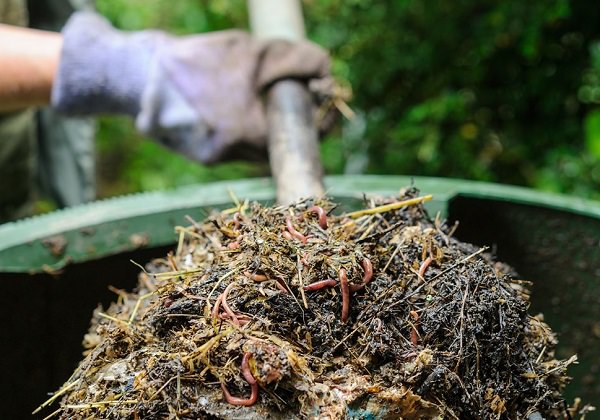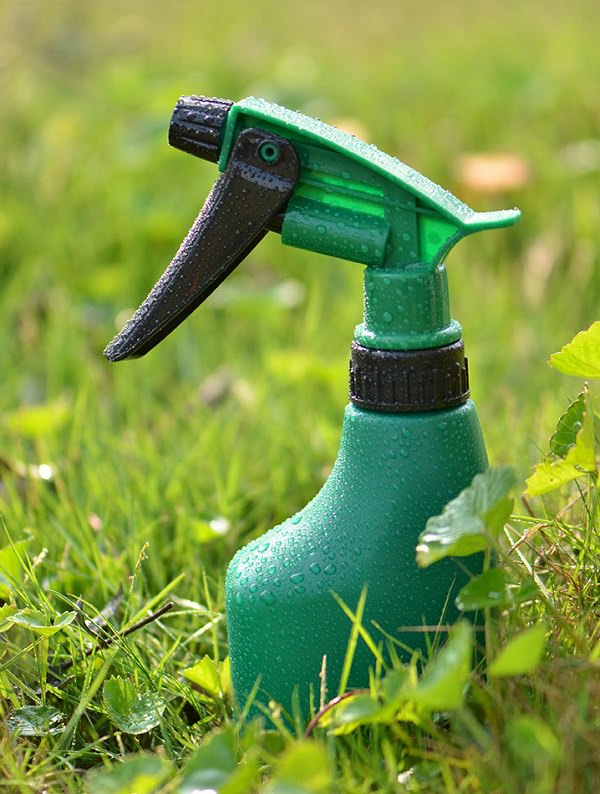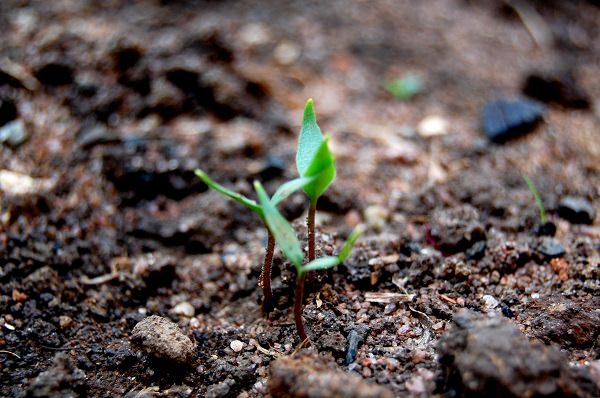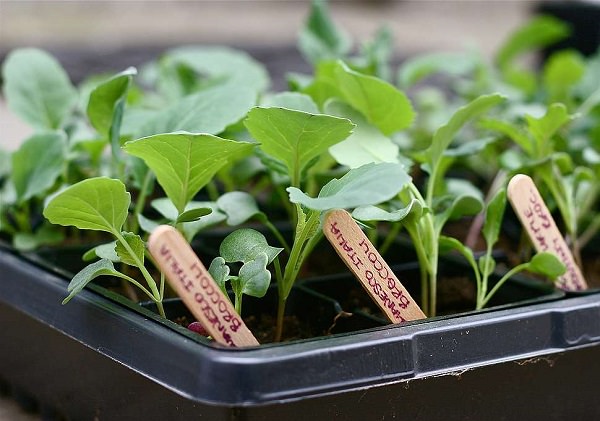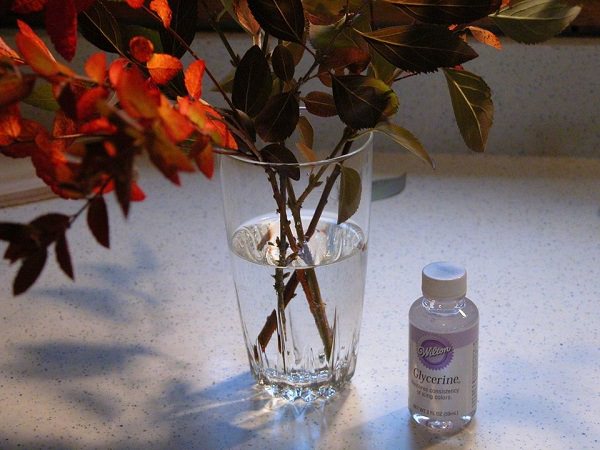Industrial Applications for Oleochemicals, Fatty Acids & Glycerin
|
|
| End Use | Chemistries | Functions/Uses |
|---|---|---|
| Foods, candies, edible emulsifiers | Stearates Mono-, diglycerides Polyglycerol esters Sorbitan esters Fatty acid lactylates Polyol esters Sucrose esters | Release agents Emulsifiers Softeners Antistaling agents Antispattering agents Taste, appearance, texture, volume & stability enhancers |
| Animal feed and suuplments, excluding fatty residues | Esters Stearates Mono, diglycerides Polyglycerol esters Sorbitan esters | Energy sources Emulsifiers Taste, appearance, texture enhancers |
| Personal care products, including cosmetics, toiletries, and pharmaceuticals | Fatty amines Alkanolamides Sulfate Protein fatty acid condensate Ethoxylate Esters Amphoterics | Shampoos Hair care products Skin care products Beauty products Surfactants Emulsifiers Consistency Factors Emollients Fermentation |
| Liquid and bar soaps | Soap Syndets | Shower gels Body washes Bar soap, including synthetic and combination bars Medicated bars Liquid hand soap |
| Household and industrial detergents, cleaners, and polishes, excluding toilet soaps | Sulfates Ethoxylates Soap Alkanolamides Amphoterics Fatty Amines | Surfactants Laundry bars Waterless hand cleaners Rubbing and buffing compounds Biocides |
| Household fabric softeners | Fatty amines Esterquats | Fabric softeners (direct addition and in combination with detergent |
| Textile fabric softeners and fiber lubricants | Quaternaries Esters Bisamides Amides Alkanolamines | Surfactant Softening Fiber lubricant Scouring agents |
| Paint and protective coatings, inks and adhesives | Quaternaries Alkyds Metallic stearates | Component of organomodified clays Pigment suspension Water repellency Thixotropic agents |
| Crayons, candles, waxes | Esters Stearates | Strength Mold release Non-drip candles Rheology modifiers |
| Paper chemicals | Stearates Bisamides Esters Surfactants | Coatings Sizes Defoamers Lubricants |
| Rubber, excluding emulsion polymerization | Primary amines Metallic amines | Mold release agents Vulcanization agents |
| Plastics, excluding emulsion polymerization | Bisamides Primary and secondary fatty amides Esters Fatty epoxides Metallic stearates | Lubricants (internal and external) Antistatic agents Heat stabilizers Catalyst scavengers Plasticizers Coupling Agents |
| Emulsion polymerization | Fatty acid soap Surfactants | Emulsifier |
| Asphalt additives | Quaternaries Disamine Bisamine | Emulsifiers Antistrip agent Rheology modifiers |
| Oil Field, corrosion inhibitors | Primary amines Tertiary amines Polyamines (amidoamines) Amphoterics Quaternaries Esters | Corrosion inhibitors Emulsifiers Emulsion breakers Drilling mud components |
| Mining | Primary amines Tertiary amines Polyamines (amidoamines) | Ore flotation Surfactants Dust control Dewatering |
| Transportation lubricants, industrial lubricants, greases and oil additives | Quaternaries Esters Stearates Primary and Secondary amides | Component of organomodified clays for greases Viscosity modifiers Synthetic motor oils Hydraulic oils Chain lubricants Carriers |
| Agricultural | Primary amines Esters Surfactants | Anticaking agents (fertilizer) Emulsifiers Adjuvants |
